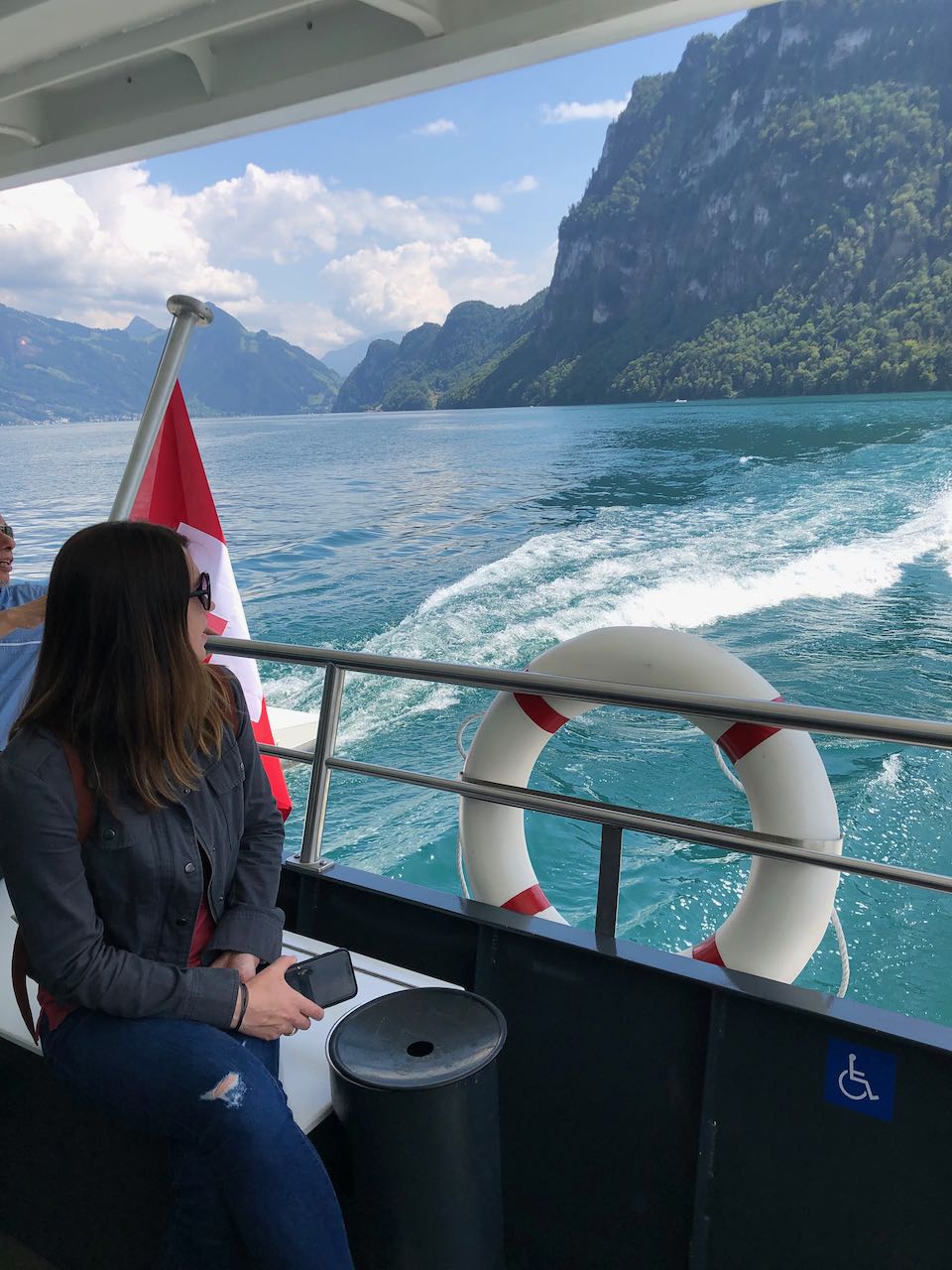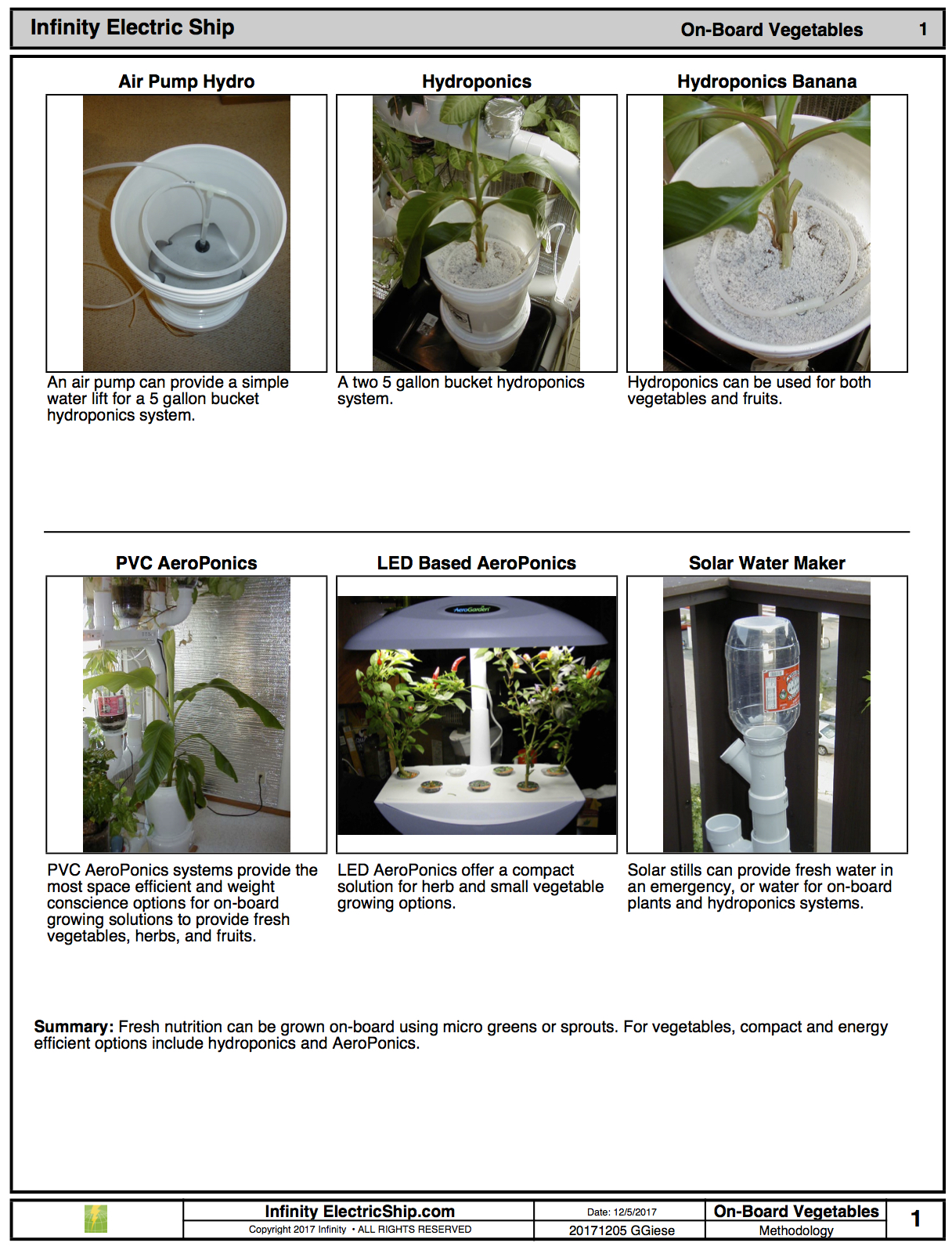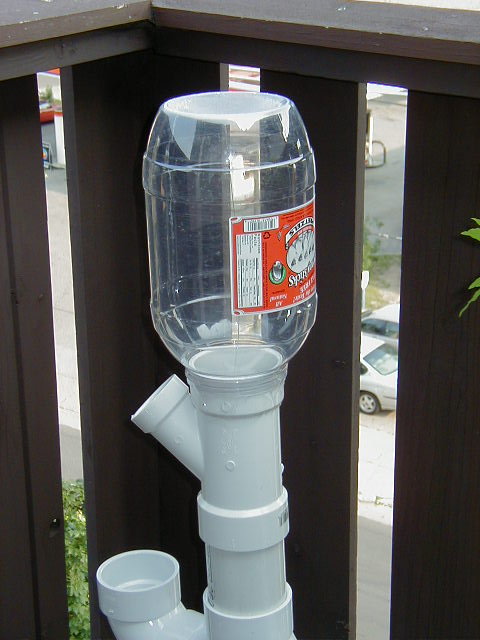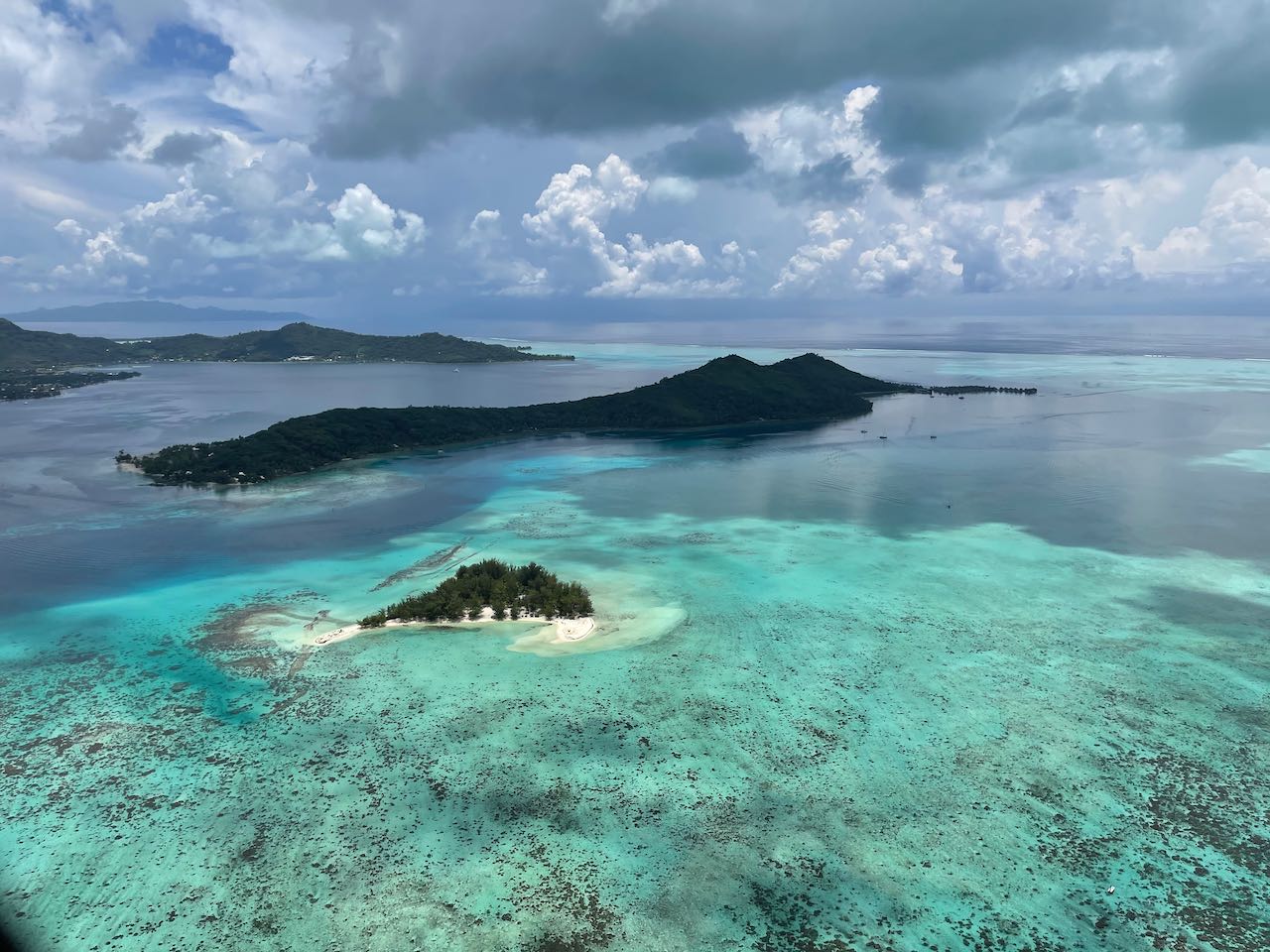|
|
|

|
Eco Ship
Goal: Develop a low cost, easy-to-build, modular multi-hull, that is efficient with a low water plane, low induced drag, lightweight, and can utilize standard formats for low cost outfittingOrganize: Use Filemaker (both computer and iPhone version) to establish data points, plans, supplies, parts, and deployment. That keeps the project organized, and allows you to keep track of flow and identify choke points. Keep a daily log of what gets done, including how goals are being completed, and upcoming strategy. Organizing thoughts streamlines the process, and allows feedback to improve the build. Watch and learn. Review YouTube videos on products and procedures (everything from unboxing to how to glass carbon fiber). The resources available to you prior purchase, or using your valuable time are now available on YouTube for free.Examples:- Standard house grade fuse boxes (tempered for marine environment)- Standard bathoom shower, tub, fixtures (reduce cost)- Standard 2 x 4 ft and 4 x 8 ft plywood (no or low cuts to square off)- Cart mounted modules for kitchen, bedroom, bathroom, workshop, powerDeploy:- Power Cart Station (first item to start since you need power to build) Roll aboard so you can use prior build, during, and after. Mounted on a hand cart for mobility. Charge station tray for digital devices. Extendable mounted LED lights (also use for YouTube). 5 kW inverter (Pure sine wave). Flip up tool caddy. Battery Pack charging station.- Tools Cart: Store, charge, and organize tools. Clear view. Foam lid, rubber band compression hold down. Focus on carbon fiber tool grips to save weight.- Fasteners Cart: Store, categorize, and organize fasteners. Establish Imperial or metric standard. Clear view. Foam lid, rubber band compression hold down.- Laser Cutter Cart: To mark and cut acylic, and wood.- Infrastructure Priority (all build items portable and modular to use land and marine based)(c) Workshop, Power, and Tool Carts (to build modules)(a) Solar Panels and Wind Turbine(d) Square Cut Station(e) Vacuum bagging Station(f) Laser Cutter Cart Station(b) Plumbing(e) Greenhouse Cart Modules (nutrition and sprouts).- Power: 240V AC, 48V DC, 12V DC. All infrastructure and power is high above water level. There is no power or wiring near the water.- Positive Floatation Hull Modular Platform: Won't sink. No bilge issues (and parasitic loads from removing water). Easier to maintain, no seacocks or through hull fittings. Strategy is to move everything above waterline.- Power Strategy: Power Pacs (Power Cart Station). Multiple modular cart mounted solutions for areas of the boat, instead of one central location. Redundancy. Mobile. Substitutable. Upgradable. Keeping PCS smaller allows easy integration, upgrading, and innovation. Might be more expensive initially, but over time, provides a better solution.Details:1. Overall Concept: Strategy, objective, goals, and delivery.Cost effective trimaran. Emphasis is on modular, low cost, high performance, renewable energy, lightweight utilitarian cruising and workboat. The modular aspects allow a quick-change mission reconfiguration. Since parts are modular, components are interchangeable. Unlike traditional boats, the basic structure and layout can be easily customized. Habitat pods will have independent power and lighting, which don’t make them dependent on one house battery system.2. Hull and Structure Design.The trimaran design is configured for low weight, solid (unsinkable) hulls, and wave piercing design. The long thin hulls do not require large amounts of power to move through the water. The hulls are continuous form molded with rolled bubblepack, reinforced with fiber mesh, and can also be integrated with liquid storage, and even configured with materials to make them into a supercapacitor or battery. Hulls are connected by cross members that can be affixed by bolts, lashing fiber, or other mechanical means. Standard hull segment is 2 feet in diameter with a 2 x 4 foot fiber core end plate, all carbon fiber wrapped and vacuum bag expoxied. Segments are attached by epoxy and bolts (permanent), or just bolted together. An outside skin may be applied for appearance, and painted to desired color and design. The main command and habitat is forward, similar to a workboat, but this structure can be forward or aft, depending on mission. Crossmembers connect hulls together and standard composite boards make up the full width decking.Dockboxes, habitat cabins, containers, and other semi-permanent structures may be affixed to composite decking directly. Forward center hull is the anchor station. Stainless steel lifelines are affixed on the perimeter, where a structure is not blocking exit from deck.Any electrical or water delivery conduit is ported above in PVC or sealtite tubing (above waterline).Hull is constructed of modular segments, comprised of roll-formed bubblepack with interlaced electrical storage material/electrolyte, epoxy and reinforcing structure, which is produced on a continuous form weaving/mould machine.3. Propulsion Method and Energy Production, Storage, and Delivery.Propulsion is by electric motor, and delivered to both rotating foils (electric outboard) and fin drive.Stage 1: Two independent stern mounted 180 degree rotating electric outboards.Stage 2: Add fin drive to center ama/pod.Stage 3. Move electric outboards to tug position forward, and one fin drive center mounted propulsion unit on the stern.Stage 4. Optional paddlewheel from the start. Easy to deploy and maintain. See article.Electrical Storage: modular hull components are made into supercapcitors and batteries by roll-forming materials. Electrical Harvesting: Primarily by solar PV panels mounted as roof elements. Secondary by using propulsion in harvesting mode. Third by rotor-bird (whirly bird) wind driven, kite towed, wind turbine generator. Fourth by wind driven kite.Pod Electrical Power: Each pod will have a independent solar and wind turbine driven electrical storage unit (solar generator station) that can delivery 110V and 12V power. Primary solar harvesting is stored in a Lithium ion battery as part of system. Secondary power goes to an ice-maker, air conditioning, or hot water (selectable by software). 4. HVAC, Electronics, and Control.Pod Electrical Power: Each pod will have a independent solar and wind turbine driven electrical storage unit (solar generator station) that can delivery 110V and 12V power. Primary solar harvesting is stored in a Lithium ion battery as part of system. Secondary power goes to an ice-maker, air conditioning, or hot water (selectable by software). 12V: Solar lights, fans, and other small items.48V: Electric Outboard Motors.110V or 240V (115 or 230V nominal): House load.240V: At dock plug-in for charging batteries.240V: Main drive, above decks, with power leak sensors.5. Food Production, Acquisition, Storage, and Preparation.Production: 2x2 carts with HDPE tops on 5 gallon buckets with solar DC air stone air pump water hydroponics. Carts have a inverted T bolt tie-down for in-between deck boards. 4-1-4 (4 tomatoes, one spice, 4 peppers and vegetables) configuration. Same 2x2 hand carts for storage/build/equipment storage. Cushions can be put on some of these storage units for chairs.Acquisition: Most food will be in the form of vacuum bag sealed seeds, which can be further processed as follows:- Sprouts- Greens- Planting seeds- Seeds to Cook: Beans and Rice (from dehydrated or vacuum pack to hydration and cooking)Compare Energy Storage Versus On-Demand: Make as needed, or batch made, frozen, then heated in solar or microwave. Test energy usage comparing batch cook and freeze, then thaw and microwave or solar thermal heat as needed, or prepare fresh every day.Preparation: - Microwave- Solar Box Oven from Solar Vacuum Tubes- Induction Stove Top or single induction cooker (supplement above box oven for peak heat shaving)- Wood Fired Pizza OvenStorage: Two Dometic or equivalent refrigerator/freezer combo, with top loading lid to conserve cool in container.Hot Water: Solar Thermal Vacuum Tubes, and batch tanks. Alternative on-demand with one water input, then redirect over zeolite to heat instantaneously. Zeolite is recharged as needed by solar vacuum oven.6. Kitchen, Habitation Cabins, and Bathroom (crew and guests).Each habitat pod is self-supporting and modular with integral attach points (standardization). Each pod can be customized for floor, wall coverings, etc.Power: Each pod will have a solar panel on top, or connection for solar panel connect access. A Kodiak (or similar) modular energy battery storage and power center will be mounted for DC and AC power access.Lighting: Each pod will have independent lighting.Power Light Bar: Each pod will have a I-beam type power run which contains outlets (USB, 110V, etc.) and lighting mounted at shoulder height. Hook-ons allow cup-holder net for digital device holding. PL Bar is connected to each pod solar generator (e.g. Kodiak). Powerboat keeps all cable runs accessible and in-reach, and easily modified.Solar Bar: Smaller version of PL Bar, 24 inches in width, that can attach to cart or lounge chair. Contains smaller Lithium Ion battery pack, USB plug in charge ports, digital device and drink holder, small solar cell, 2 x 12 volt smaller computer fans. Can easily be moved, and hung on wall cleats. Fully independent unit.Sleep Pod: Convertible sleeper for more room. Each sleep pod has small water supply, with direct exit to water below. Each pod has a solar generator (e.g. Kodiak) for independent power (12V, 110V) and connection to solar panel above. Each pod has black batch solar water heater (either solar vacuum or just black painted tank).Toilet Pod: 12V solar light and 12V solar vent. Composting separation liquid/solid toilet to reduce plumbing. One for each ama.Shower/sink Pod: Each pod has a solar generator (e.g. Kodiak) for independent power (12V, 110V) and connection to solar panel above. Each pod has black batch solar water heater (either solar vacuum or just black painted tank).Kitchen Pod: Food storage, and preparation pod. Countertops are removable HDPE and solid wood (for hot pans or plates). Dual deep stainless steel kitchen sink with gravity foot-pump and foot on-off. Incinerator. Dometic or equivalent fridge/freezer with top loading to save cool energy. Icemaker separate for on-demand ice (top batch making). Induction hot plate for cooking in pans. Instapot pressure cooking. Small rice cooker. Electric teapot. Microwave (compare usage to heat one cup of water). Solar cooking oven with induction backup and ceramic inserts for bread making or pizza.Cart Chair: Mounted on hand cart, each individualized cart has drink holder, small solar battery storage and digital device plug in, and storage mounted under the chair seat. Fully adjustable chair seat height, with lockable tie down for securing to deck with quick-release.Lounge Chair: Mounted on hand cart, each individualized cart has drink holder, small solar battery storage and digital device plug in, and storage mounted under the chair seat. Fully adjustable chair seat height, with lockable tie down for securing to deck with quick-release. Can be also used for short term bed/sleep.Dock Box: Used for seating and storage. Waterproof with tie-downs.Utility Cart 2x2: Hand cart with box structure for housing shop tools, electrical milling devices, etc.7. Build Production.Objective: The overall goal of the ama or hull build, is to automate floatation fabrication as much as possible, and provide a modular section that is easily attached to assemble/fabricate into one larger hull. Traditional hull construction is material over frame, or laying material into a mold in multiple layers that are vacuum bagged. Mould construction is time-consuming and costly, provides an expensive hull, and must have a large number of production units to recover cost. It is also labor-hour intensive. Hull structures tend to be overbuilt, heavy, and more materials equals more cost to the final customer. The goal of the overall project is to separate the hulls, to make them mission specific (i.e. provide flotation and in some cases act as liquid storage or energy storage).The concept of a continuous weaving mold (CWM) incorporates strength bearing materials (as-needed) and specific for the hull. Spools of material feed a loom, which is computer controlled for twist, feed rate, feed material, etc. What is unique about this CWM is that it can perform both a horizontal loom, rope making, and positive material lathe, at the same time. The triplex operation, along with added continuous feed resin, can feed the end product into awaiting plastic for vacuum bagging and curing. With a continuous feed oven, the production can operate continuously, or as needed, with any length desired. Continuous Weaving Mould: Since spooling materials for the loom and be changed on-demand, and on-the-fly, different materials can be incorporated as needed, to form hull strength, shape, support, channels (for Pex piping, electrical runs, etc.) and even for forming a jelly-roll (battery or supercapacitor roll formed storage structure). Using carbon fiber tow, or other strands, single fiber or complex weaves can be incorporated in-situ, for the desired weave. Bubble pack (or other smaller structures) can also be incorporated on-the-fly as a add-on loom module. Bubble pack (or air pack) strands can be made onsite with resin pellets (recycled HDPE, and other materials), heated into film, then vacuumed into a rotary mold that dictates the shape and size of bubble. The purpose of bubble pack is for secure light weight floatation filler.Templates: When the CWM can’t be used, templates are used when needed. Larger sheets of material are waterjet or laser cut, or marked as needed. Mould: Smaller items, like a sink, can be vacuum moulded or material glass molded as needed. While stainless steel would be preferable (for items like a sink), HDPE would be a very low cost option for material, and can be heated and blow or vacuum moulded.Structure: Flat or semi-curved structures made from lightweight honeycomb material, or plywood, can be glassed and vacuum cured. Thin material, such as thin plywood, can be laser cut, and layered up for structure. Between layers can use bubblepack, or foam, similar to SIPS.Deck Structure: Made from UV-tolerant material, made in U shape or similar, to provide structure between hulls. Holes or gaps provide tie-down anchor points. Can be bolted to hulls or hull cross beam, or lashed, as needed.
Eco Ship (pdf)
|






